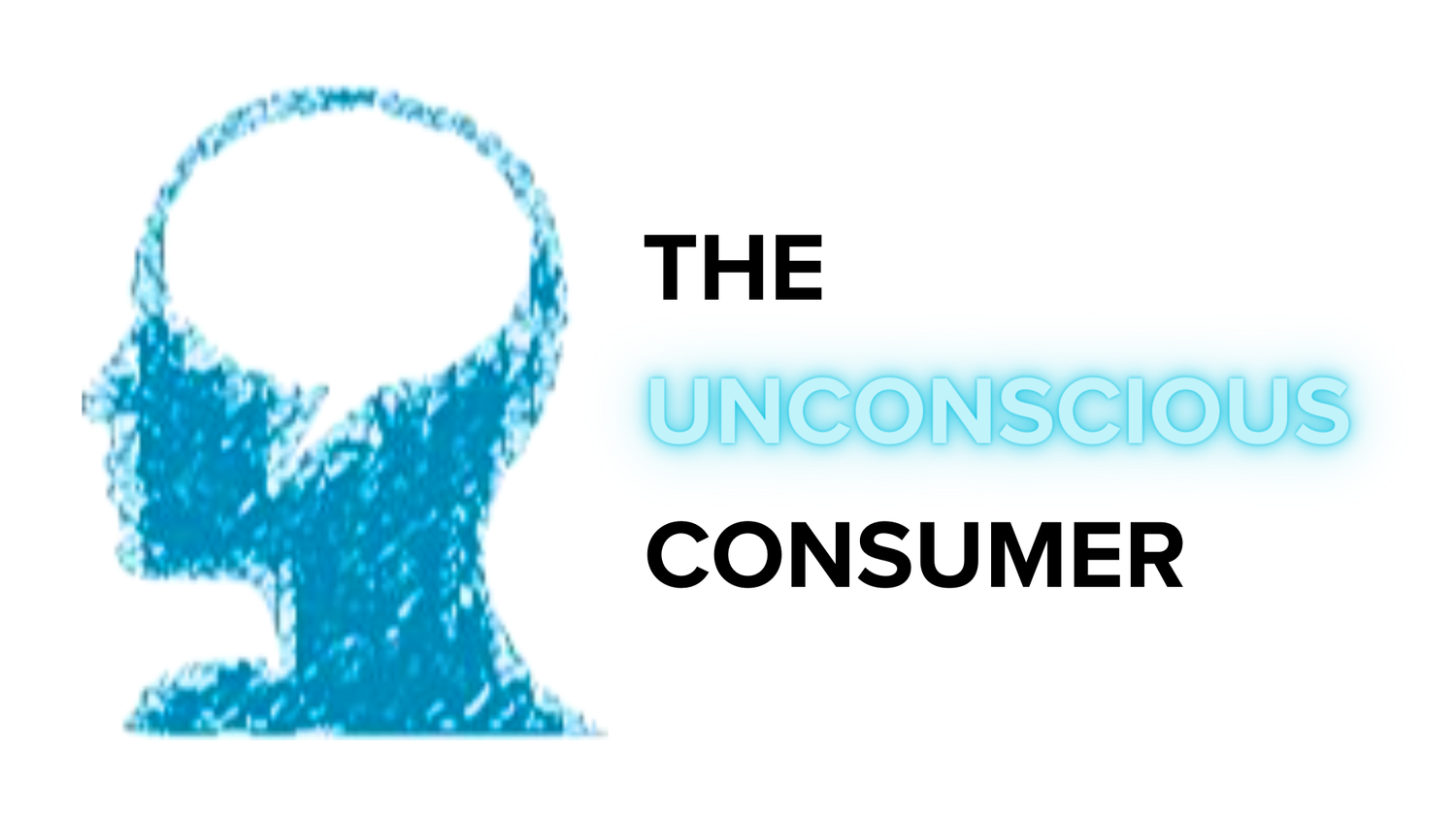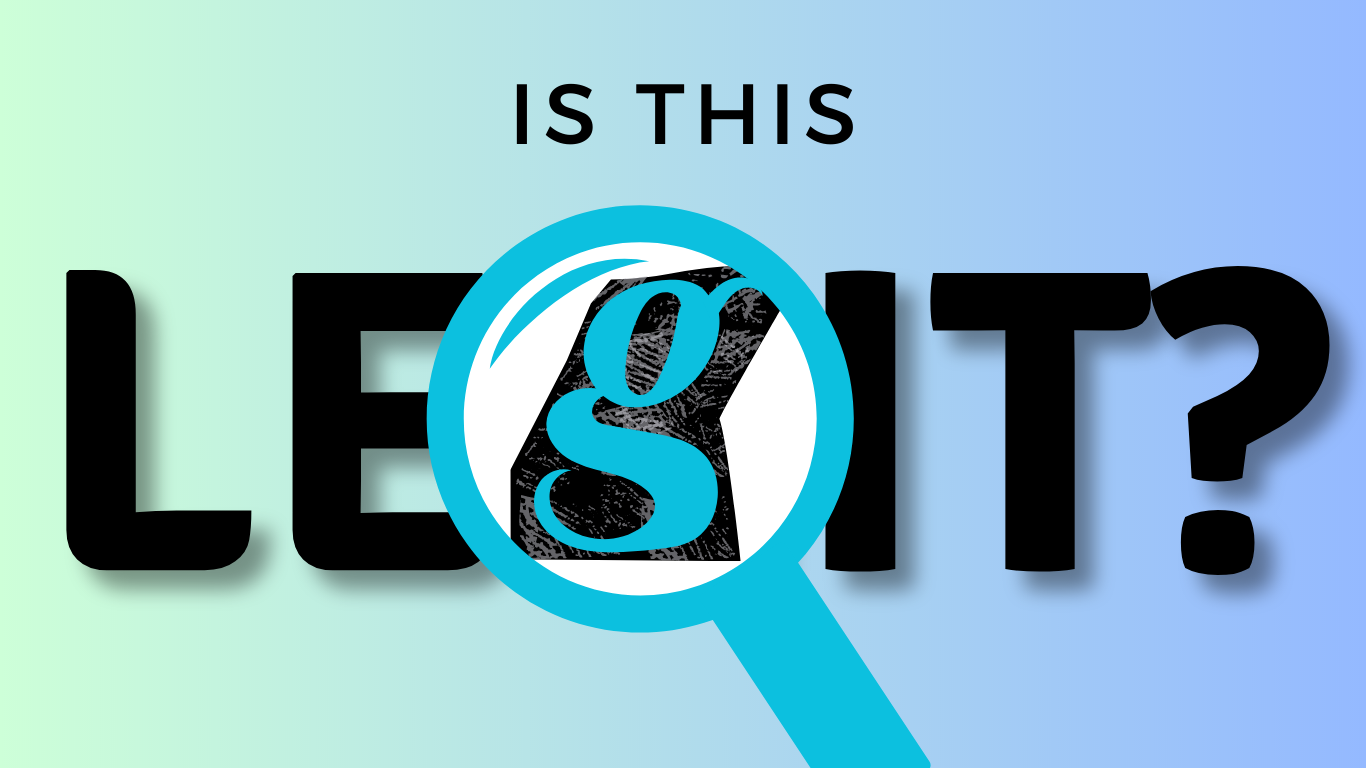The Influencer Tipping Point: How Social Media Personalities Are Steering Consumer Behaviour
The Rise of Influencer Currency: Trust
Once upon a time, you were influenced by a TV commercial or a billboard on your commute. Now, you're scrolling on Instagram, and before you know it, you're enticed by a product endorsed by your favorite influencer. The fitness guru Hannah Bronfman, for instance, has garnered an enthusiastic following on her platforms and cleverly integrated her business, HBFIT, into her digital narrative. As we delve into this shift, it’s crucial to ask: how are these influencers acting as change agents in the world of consumer behavior?
Chain Reactions and the Law of the Few
Consider trust as the currency of the digital realm. When Bronfman shares her fitness routine, the endorsement doesn't seem intrusive or commercially driven. Rather, it's presented as a trusted friend recommending a tried and true product. Her followers, in turn, view these product recommendations favourably, creating a positive brand perception that directly influences their purchasing decisions.
Conscious Consumerism: Influencers Leading the Way
Now, let's turn our gaze toward a tech influencer like Marques Brownlee. His carefully crafted gadget reviews have turned many of his followers into brand advocates. The purchasing decision doesn't stop with the consumer. Instead, it sparks a chain reaction - one purchase leads to a shared positive experience, and the brand perception spreads organically among social networks. This is the Law of the Few, where a small percentage of the population (in this case, influencers) have a disproportionately large impact on the rest.
Brands Riding the Influencer Wave
But the reach of influencers extends beyond mere purchasing behaviour; they have the potential to encourage consumers towards more conscious choices. Lauren Singer, an environmental activist turned influencer, has leveraged her platform to promote a zero-waste lifestyle. Through Package Free, her company, she offers sustainable products to her followers, making it easier for them to adopt a responsible lifestyle.
Micro-Influencers: Small Following, Big Impact
On the other side of the equation, we find companies seeking to tap into the power of influencer marketing. Why invest in traditional or digital media when they can reach an engaged audience via an influencer? Even micro-influencers, with their smaller but hyper-engaged followings, are being targeted by brands. These influencers tend to have a strong connection with their followers and a higher engagement rate, making them an attractive proposition for marketers.
The Future of Influencer Marketing: A Personalized Approach
So, what does the future hold? Given the increasing digitization of our lives, the influencer realm is set to expand. Personalized marketing, driven by data and AI, will increasingly match consumers with influencers who align with their specific interests and values. This could further boost the rise of micro-influencers, who may exert an outsized influence on their niche audiences.
Influencers as Change Agents: Shaping Norms and Values
Moreover, as consumers become more socially conscious, influencers will likely play a central role in steering these shifts. They have the potential to not only shape purchasing decisions but also mould societal norms and values. It’s a brave new world where the influencer is not only a marketer but a change agent, driving a major shift in the landscape of consumer behaviour, a true Tipping Point.
Bridging the Gap: Technology Connecting Influencers and Brands
In this digital age, it isn't only the influencers and their followers who are becoming increasingly savvy. A new breed of companies is rising, offering technology that connects influencers directly with brands, and even with consumers. Consider the emergence of companies like TRIBE and AspireIQ, who have positioned themselves as intermediaries, creating platforms where brands can seamlessly connect with relevant influencers.
From Consumers to Brand Representatives: A New Age of Influencer Marketing
But these platforms aren't the only players in the game. Direct-to-consumer brand, Glossier, has innovatively leveraged influencer marketing by developing a program where customers can become brand representatives themselves. The 'Glossier Reps' program allows regular consumers to become mini-influencers, creating a highly engaged community that leads to customer retention and advocacy.
Beyond Instagram: The Rise of New Social Media Platforms
Alongside these brand-influencer collaborations, the list of social media platforms where influencers connect with their followers continues to expand. Beyond the traditional platforms of Instagram, YouTube, and TikTok, newer platforms have emerged over the past 12-18 months. Clubhouse, an audio-based social networking app, has become a platform where influencers can engage with their followers in real-time discussions. Similarly, the short-form video app, Triller, has found favour among influencers, particularly musicians and performers, due to its music editing features.
VRChat and Horizon Worlds: Virtual Reality Platforms for Tech Influencers
Even virtual reality platforms such as VRChat and Horizon Worlds are becoming popular among tech influencers. By utilizing these platforms, influencers can interact with their audience in a more immersive and interactive way, thereby deepening the influencer-follower relationship.
Redefining Marketing: The Evolving Influencer Landscape
As we witness the emergence of these new platforms and technologies, the landscape for influencer marketing is undeniably evolving. The connection between influencers, brands, and consumers is becoming more intertwined than ever before, creating a dynamic ecosystem where the traditional boundaries of marketing are continually being redefined.
Navigating the Brave New World: The Power of Understanding
Navigating this evolving landscape requires an understanding of the subtle shifts in consumer behaviour and the role of the influencer within it. It is within this understanding that brands and marketers will find the keys to successfully engaging with their audience in this brave new world. The digital age is here, and with it comes a new kind of 'tipping point', driven by the few who influence the many. And as we move forward, it’s clear that the power of influencers will continue to shape and transform the world of consumer behaviour.
Want to share your thoughts? Feel free to share them in the comments section below or on social media.













